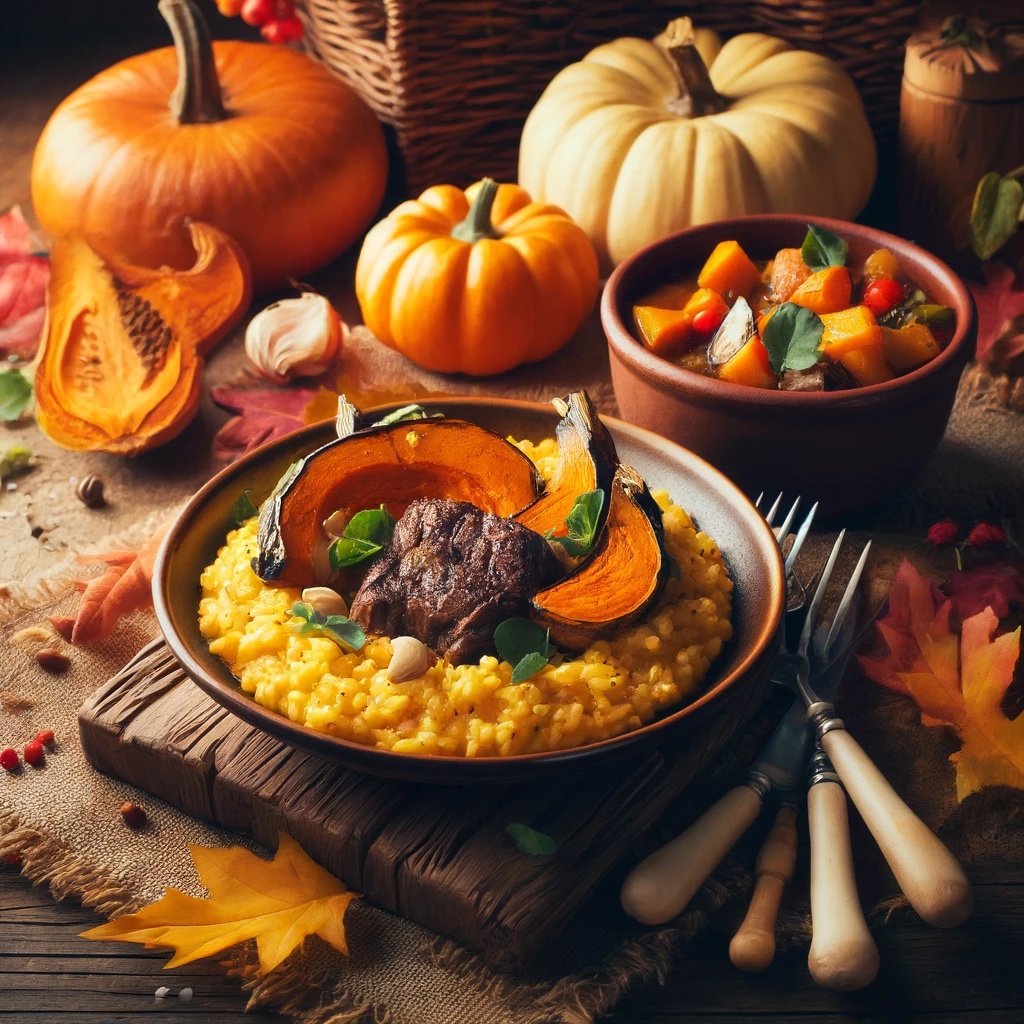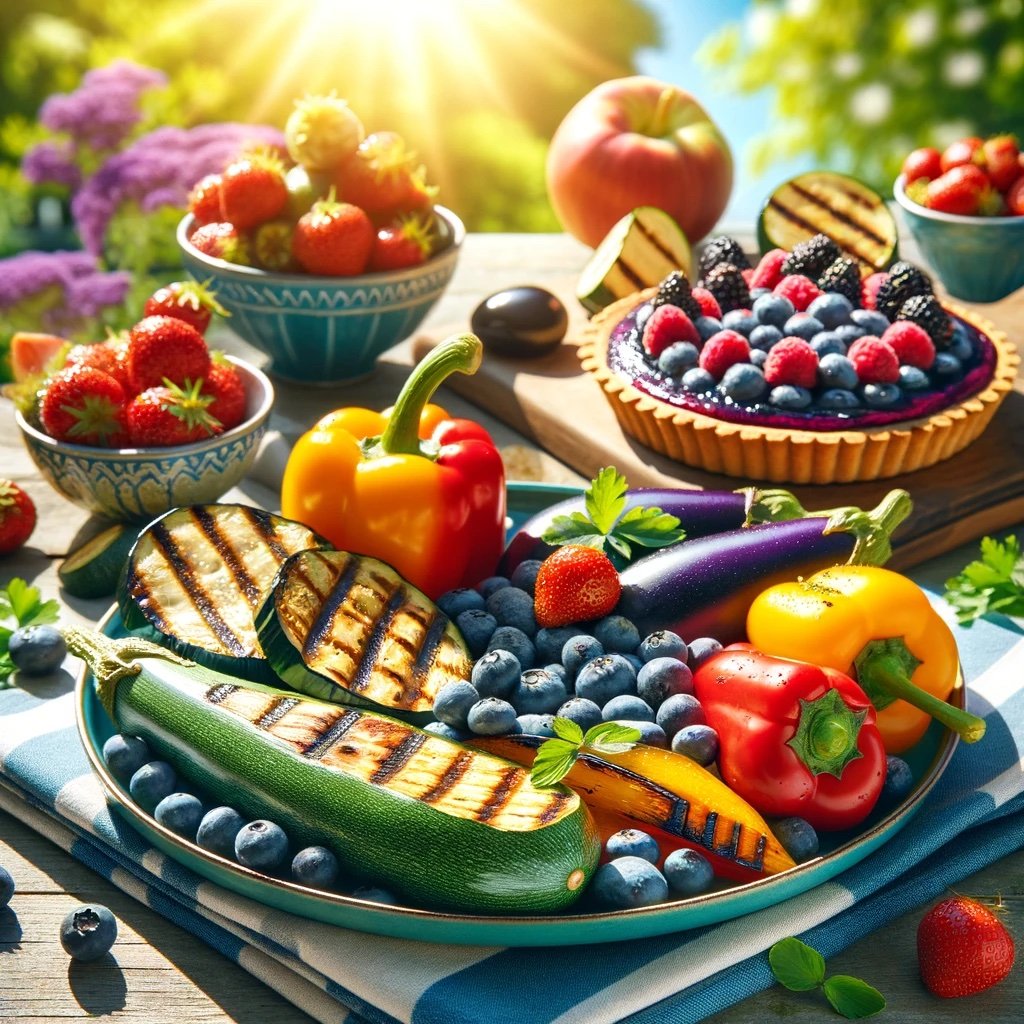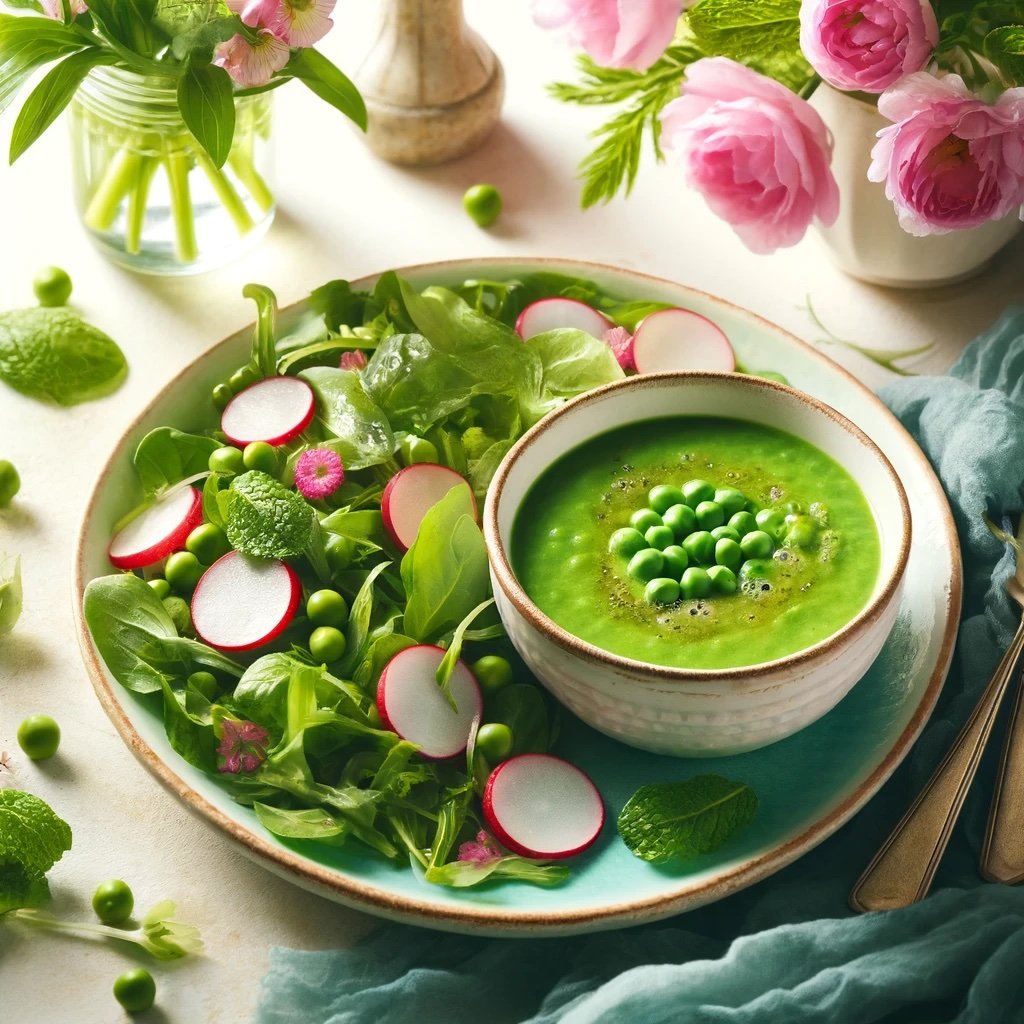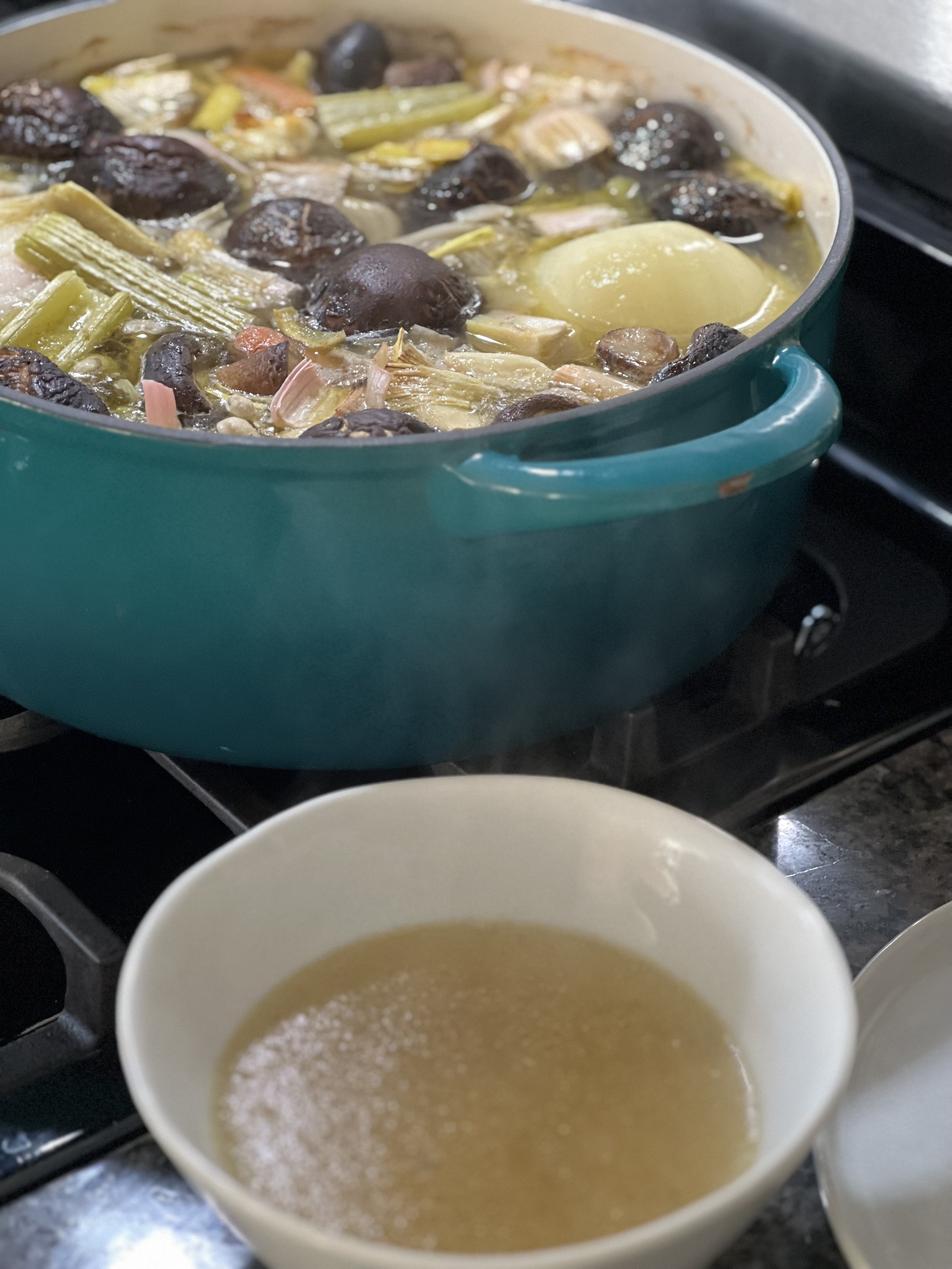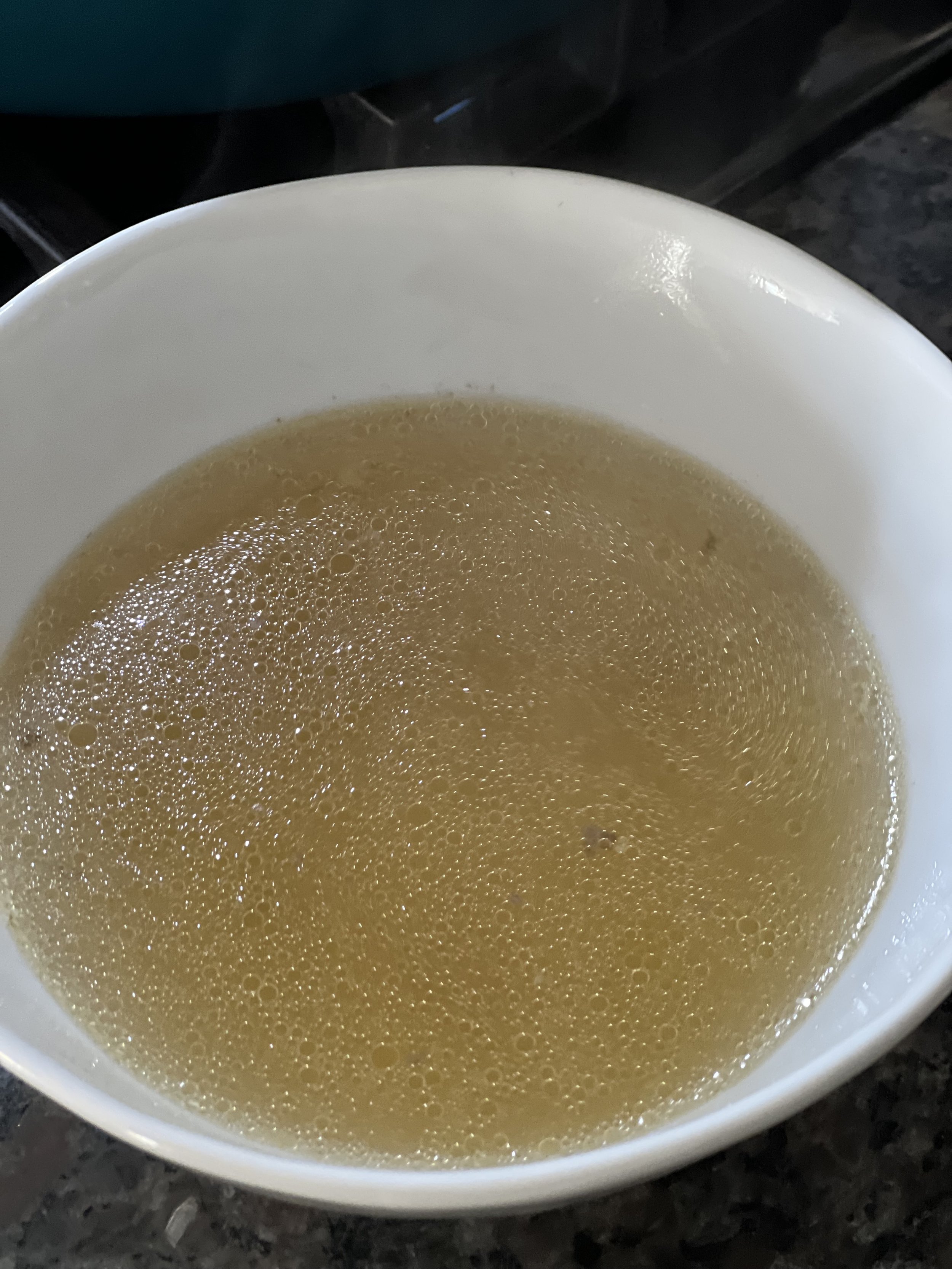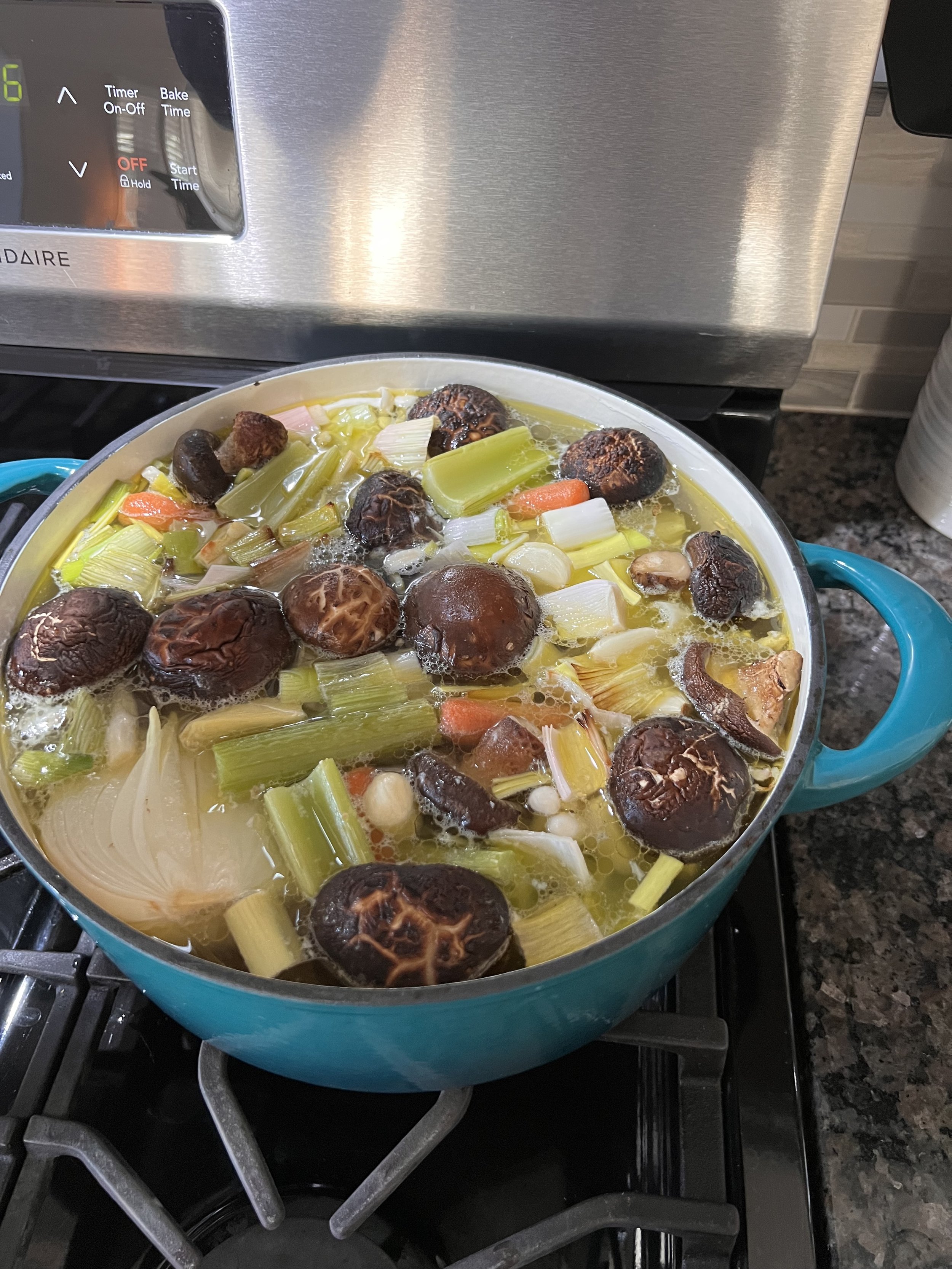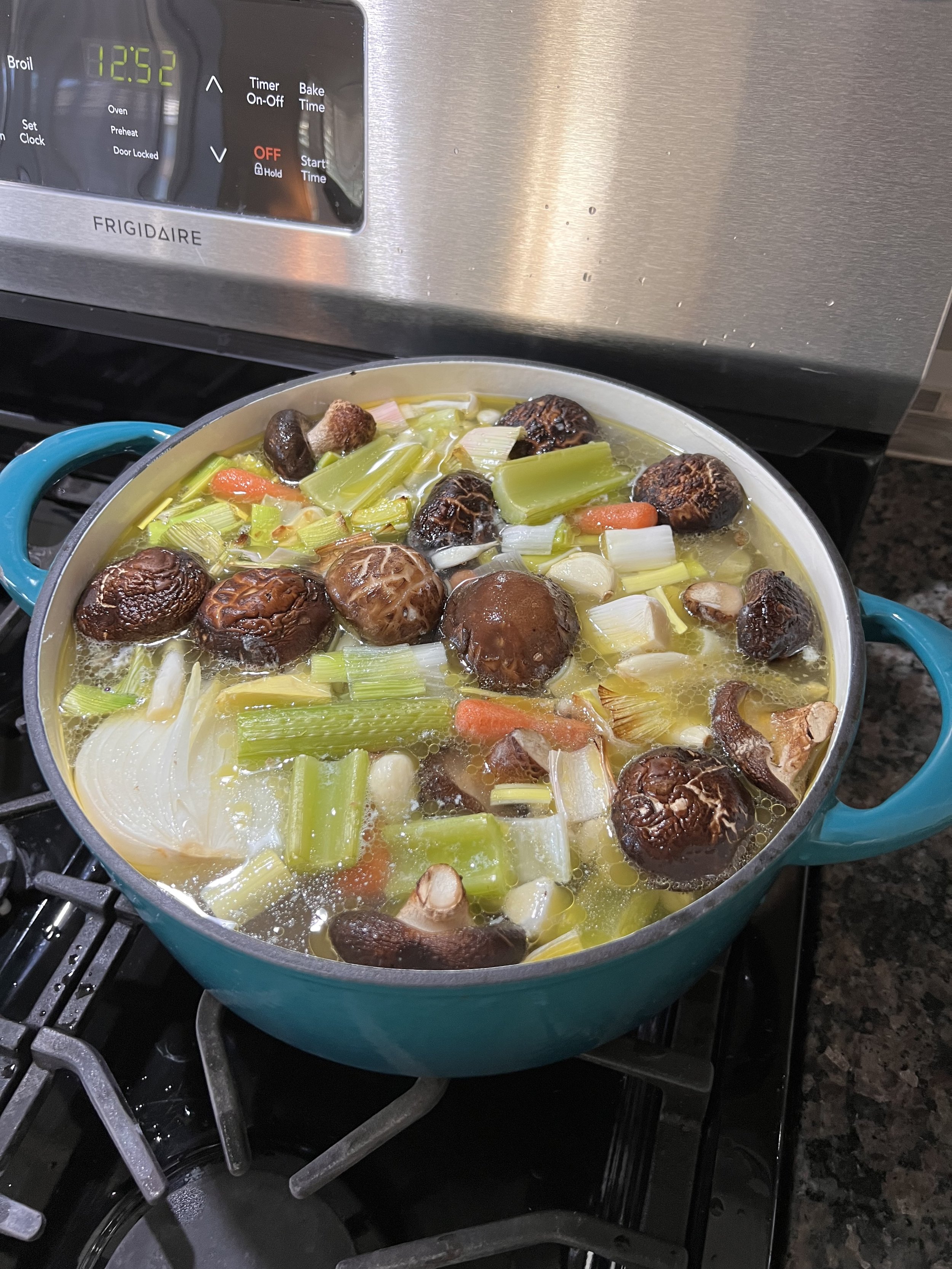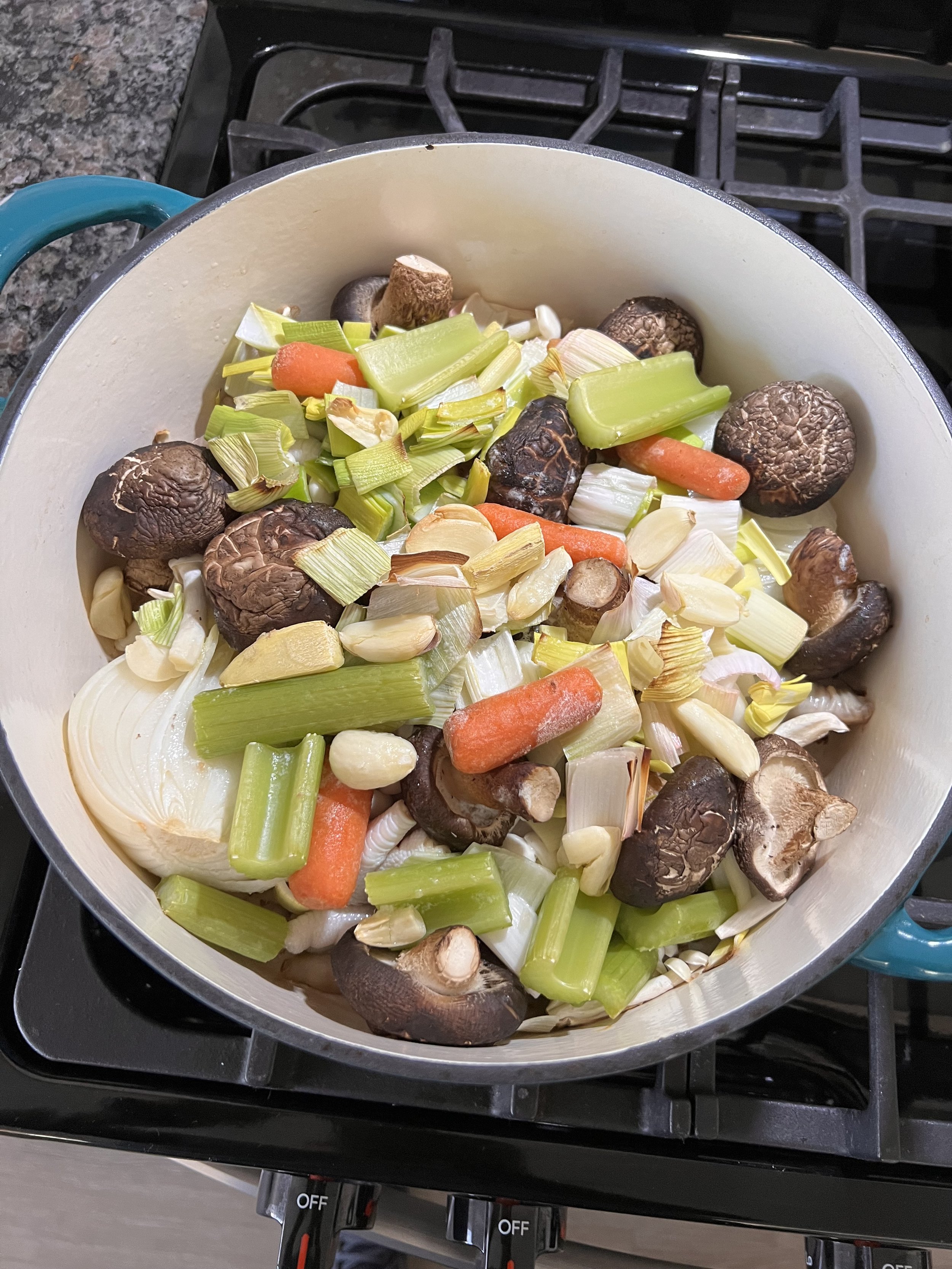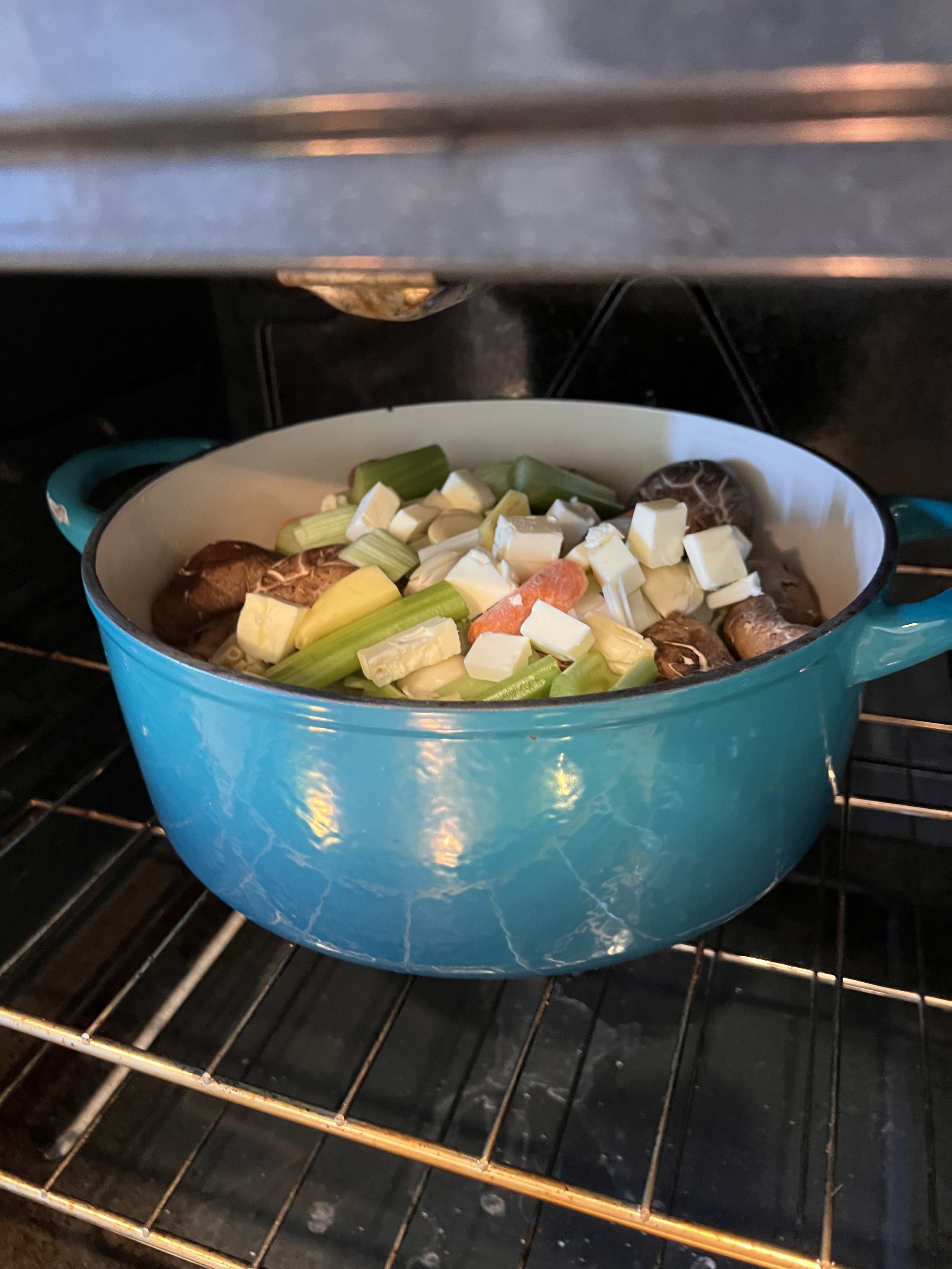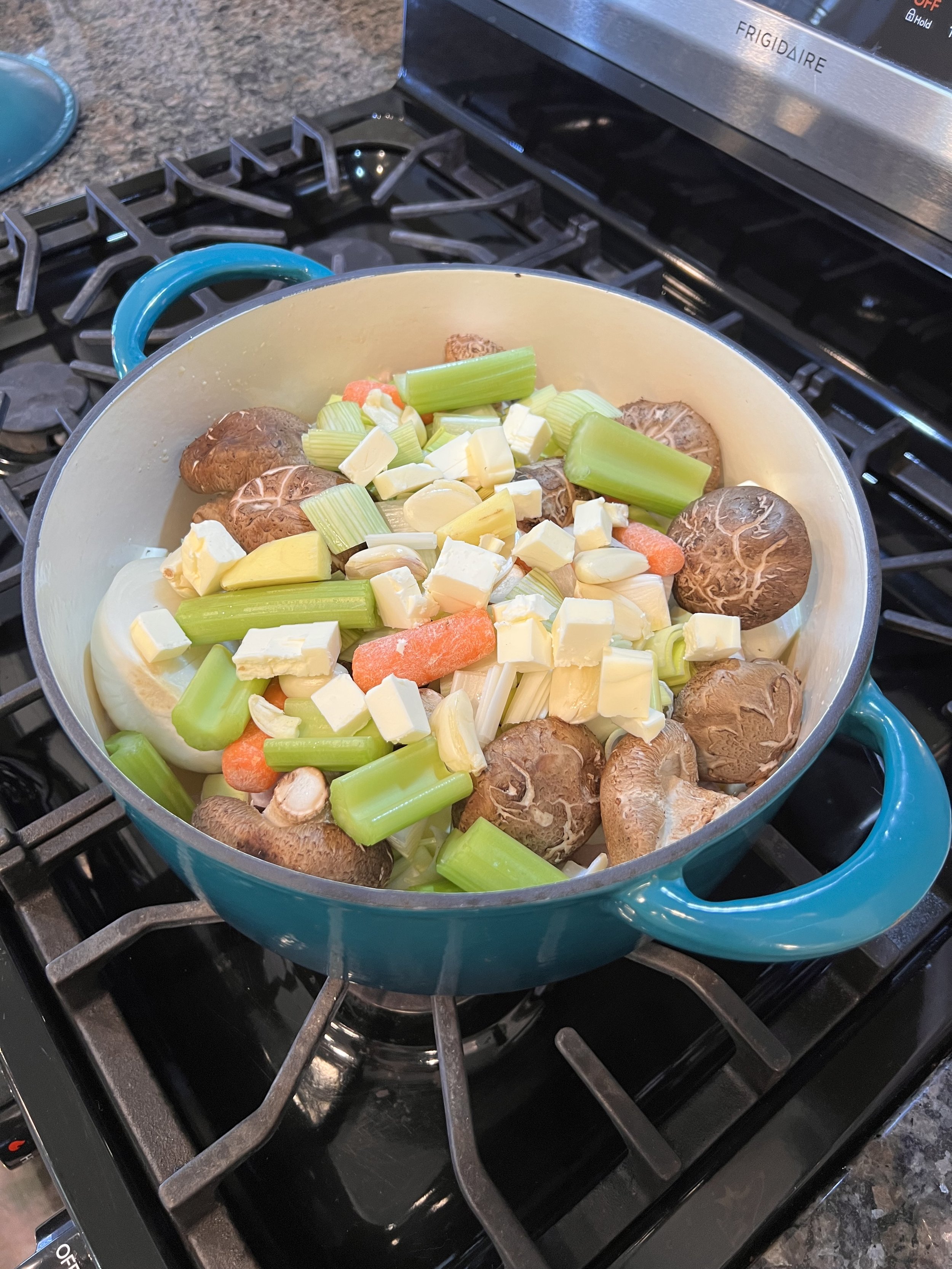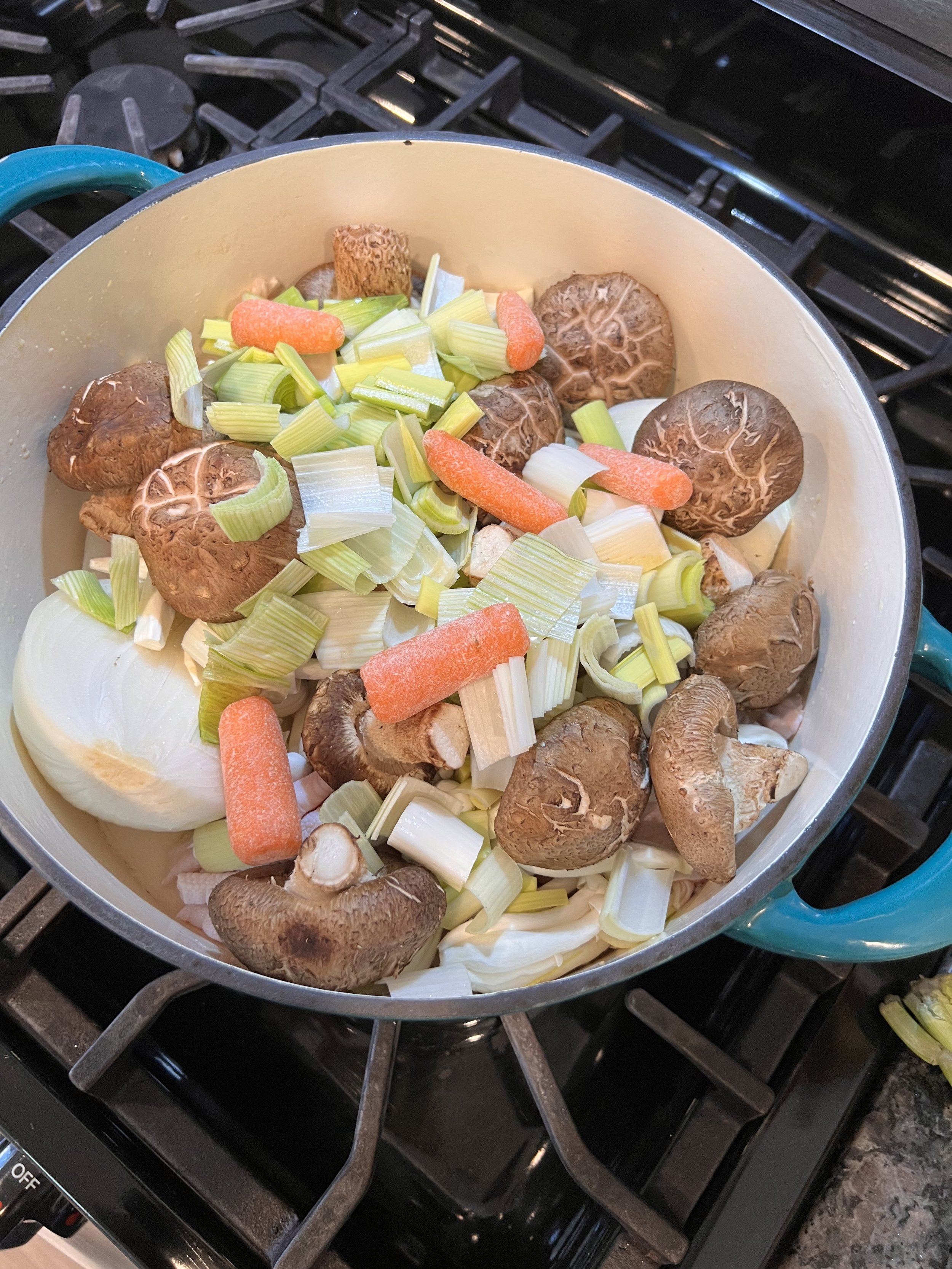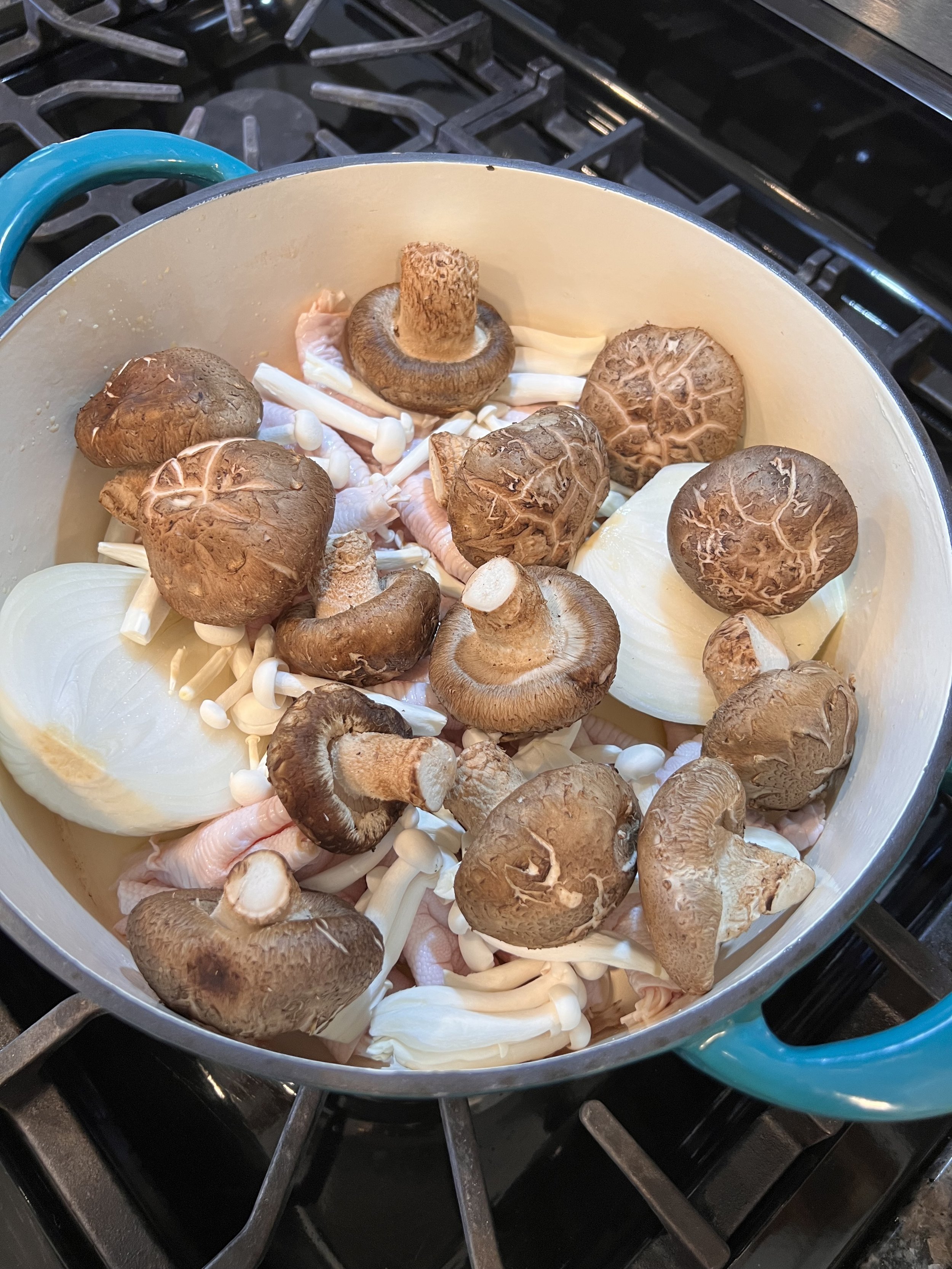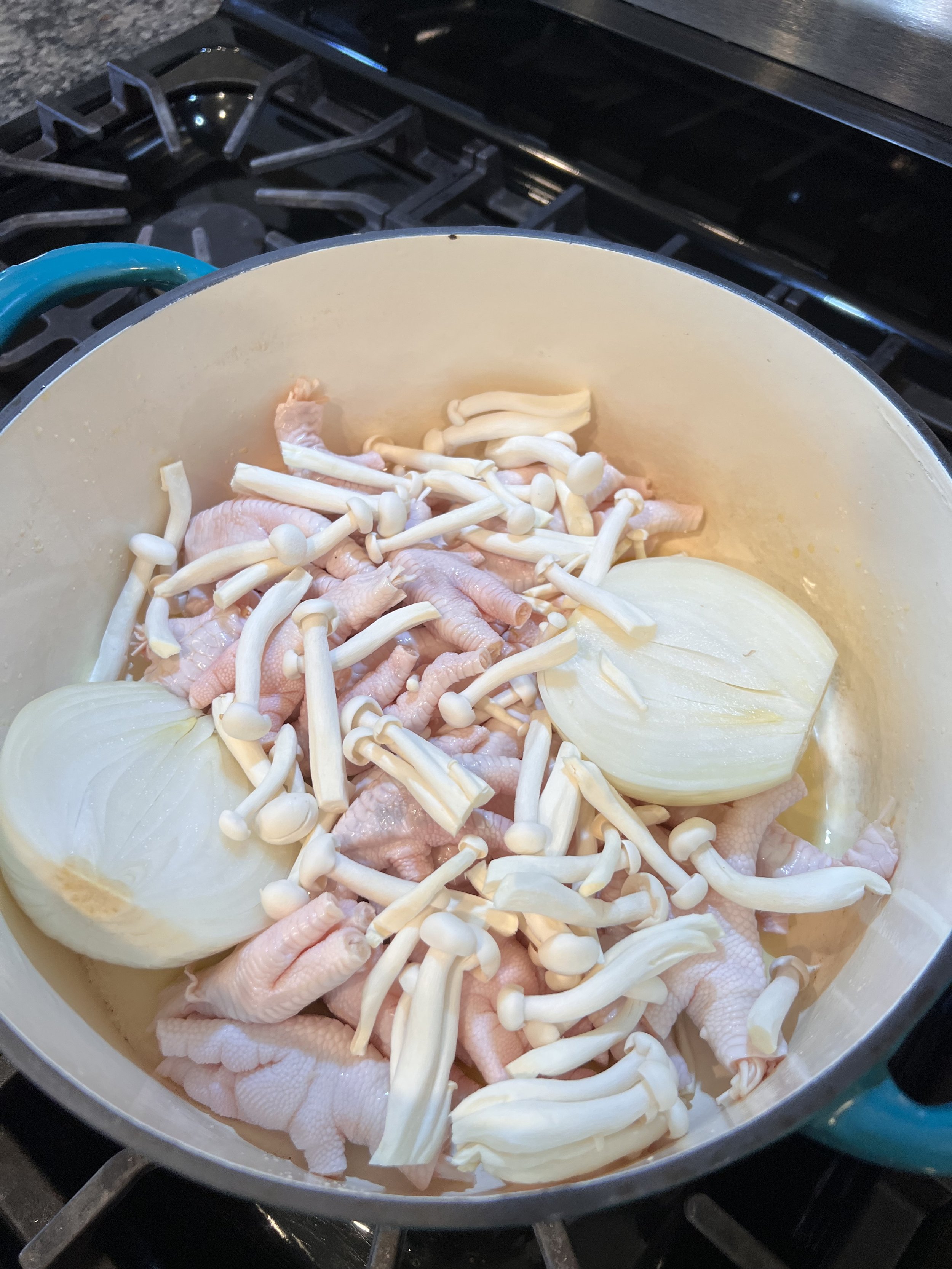Seasonal Menu Options for Any Event
As someone who's been in the thick of the culinary world for years, I've always emphasized the importance of seasonal cooking. It's not just about what's fresh; it's about what makes sense for the palate, the environment, and yes, the wallet too. Today, we’re diving into how you can leverage the best of each season to elevate any event, whether it's a casual get-together or a lavish wedding.
First off, let’s get one thing straight—seasonal menus are not just a trend, they're a cornerstone of high-quality catering. When you choose ingredients that are at the peak of their season, you're guaranteed to get the best flavors and textures possible. This means your dishes will be more vibrant, more delicious, and generally more satisfying.
Spring: This season is all about renewal. Ingredients like tender greens, asparagus, and artichokes come into their prime. Imagine starting your event with a fresh pea and mint soup or a salad featuring spring greens, radishes, and a light vinaigrette. Fish dishes are also fantastic in the spring, with options like salmon or sea bass being lighter but still satisfying. Spring is also the perfect time for incorporating bright, floral elements into your dishes, which can be a real game changer in terms of presentation.
Summer: Summer is when the magic happens for chefs. The abundance of fruits and vegetables during these months makes it an exciting time to create a menu. Think dishes that are bursting with colors and flavors—grilled vegetable platters with aubergine, peppers, and zucchini, or fresh berry tarts for dessert. Seafood is another brilliant choice for summer menus; a beautiful grilled lobster or a seafood paella can act as the centerpiece of your event. And don’t forget the cocktails—summer is the perfect time for sangrias or citrus-based cocktails that refresh and invigorate.
Autumn: As the air turns crisp, we look to heartier ingredients to satisfy our palates. This is the season for pumpkins, squashes, mushrooms, and grains. A roasted butternut squash risotto or a hearty beef stew with root vegetables can be comforting yet sophisticated. Autumn is also a great time for incorporating darker, richer flavors and ingredients like figs, pears, and nuts into your desserts. Pies, crumbles, and tarts with these ingredients can be a stunning way to end any meal.
Winter: Winter catering calls for warmth and comfort. It's about rich flavors and satisfying textures. Dishes based around meats like lamb, beef, and pork are winners, paired with heavier sides like mashed potatoes or polenta. For vegetarians, a winter vegetable tagine can be a warming, flavorful option. Desserts in winter can include spices like cinnamon, nutmeg, and cloves, which provide warmth and depth—think spiced apple cakes or chocolate puddings.
Each season also offers its unique pairings for drinks. Spring and summer might call for lighter wines and cocktails, whereas autumn and winter present an excellent opportunity to break out the heavier red wines and even introduce mulled drinks.
Finally, remember that creating a seasonal menu is about more than just picking the right ingredients. It's about telling a story and creating an experience that resonates with your guests. Each dish should be a reflection of its time of year and evoke the emotions associated with the season.
To sum up, crafting a seasonal menu is an exciting challenge that, when done well, can truly elevate any event. It shows thoughtfulness and a commitment to quality that won't go unnoticed by your guests. So next time you’re planning an event, think seasonally, think fresh, and, most importantly, think delicious!
Chicken Soup for the Soul
Broth is a staple in many cultures and has been used for centuries to nourish and heal the body. It is a simple, yet flavorful and nutrient-dense liquid that is made by simmering bones and vegetables in water for an extended period of time. This Chicken Foot Broth Recipe is a great way to add some extra nutrients and flavor to your diet, while also supporting your overall health.
Chicken foot broth is a traditional food that is still used by many cultures around the world. Chicken feet are rich in collagen, which helps to strengthen bones, hair, skin, and nails. Additionally, chicken feet contain a significant amount of minerals, including calcium, magnesium, and phosphorus, which are important for maintaining a healthy body.
Ingredients:
2 pounds of chicken feet
1 pound of mushrooms (shiitake or button mushrooms)
2 medium-sized onions
2 medium-sized shallots
4 cloves of garlic
2 medium-sized leeks
2 medium-sized carrots
6 quarts of water
Instructions:
Rinse the chicken feet, mushrooms, onions, shallots, garlic, leeks, and carrots.
Cut the vegetables into large chunks and place them in a large stockpot.
Add the chicken feet to the pot and cover with water.
Bring the pot to a boil and reduce the heat to low.
Simmer the broth for 8-12 hours, skimming the surface occasionally to remove any impurities.
Strain the broth through a fine-mesh sieve, discarding the solids.
Let the broth cool and store in the refrigerator or freezer for future use.
Health Benefits of Chicken Foot Broth:
Supports Joint Health: Chicken feet contain a high amount of collagen, which is a protein that helps to strengthen bones, joints, skin, hair, and nails. Consuming chicken foot broth regularly can help to support joint health and reduce the risk of osteoarthritis and other joint conditions.
Boosts Immune System: The broth contains high amounts of vitamins, minerals, and antioxidants that help to boost the immune system and reduce the risk of illness and disease. Additionally, the broth is rich in the amino acid glycine, which is important for a healthy immune system.
Aids in Digestion: Chicken foot broth is rich in gelatin, which helps to soothe and heal the digestive tract. It is also a gentle and nourishing food that is easy to digest and can help to relieve symptoms of digestive distress, such as bloating, constipation, and nausea.
Promotes Healthy Skin: The collagen in chicken foot broth helps to improve skin elasticity and reduce the appearance of fine lines and wrinkles. Additionally, the broth is rich in vitamins A and C, which are important for maintaining healthy skin.
Supports Weight Management: Chicken foot broth is a low-calorie food that is filling and nourishing. It is a great food for people who are trying to maintain or lose weight, as it helps to keep you feeling full and satisfied without adding excess calories to your diet.
In conclusion, chicken foot broth is a nutritious and flavorful food that can help to support your overall health. It is a simple food that is easy to make and can be enjoyed on its own or used as a base for soups, stews, and sauces. So next time you are looking for a healthy and nourishing food to add to your diet, give this Chicken Foot Broth Recipe a try!
Born to Cook
Born to cook from the spice islands
Cheffing and cooking is my second career. It took me a long time before realizing cooking was in my blood and something I could do for a living. After leaving a six-figure job and paycheck security, the freedom of blowing in the entrepreneurial wind was intoxicating. I was finally able to pursue the dreams set forth by previous family members. They are the reason I love cooking and love food. Growing up in Indonesia makes you understand the value of nourishment, flavor, and the convening power of food. People just don’t eat there, they live to eat. This isn’t unique to Indonesian culture, but the level of intensity and passion for food is strong and growing. Indonesian, Java specifically, is known as the spice island. Since antiquity, traders have come to Java and the surrounding islands to trade for spices such as pepper, nutmeg, cloves, tea, and countless other food-related products. The Dutch through the Dutch East India Company imported huge quantities of spices and goods from Indonesia and brought herbs and spices to Europe and the world.
Traditional Javanese cooking is known for its rich and complex flavors, which are created using a variety of ingredients and techniques. From the spicy sambals and aromatic curries to the savory stews and sweet desserts, Javanese cuisine has bold and strong flavors.
One of the key ingredients in Javanese cooking is a spice paste known as bumbu, which is made from a blend of aromatic spices such as garlic, shallots, turmeric, and chili peppers. This spice paste is used to flavor a wide variety of dishes, including curries, stews, and grilled meats. It is typically cooked in oil until fragrant and then combined with other ingredients such as coconut milk, tamarind, and lemongrass to create the base for a delicious Javanese dish.
Another important component of Javanese cooking is the use of herbs and aromatics. Fresh herbs such as basil, cilantro, and lemongrass are used to add flavor and fragrance to dishes and are often used in combination with other ingredients such as lime leaves and kaffir lime zest to create complex and aromatic flavors.
One of the most well-known dishes in Javanese cuisine is gudeg, a savory stew made from young jackfruit that has been slow-cooked in coconut milk and bumbu for hours. The result is a rich, flavorful dish that is bursting with aromatic flavors of spices and herbs. Another popular dish is nasi goreng, a spicy fried rice that is typically served with a variety of condiments such as sambal and achar, a sweet and spicy pickled vegetable relish.
In addition to savory dishes, Javanese cuisine also boasts a range of sweet and indulgent desserts. One of the most famous is es teler, a refreshing dessert made from a mixture of fruit such as avocado, coconut, and jackfruit, mixed with shaved ice and sweetened condensed milk. Another popular dessert is klepon, small balls of glutinous rice flour filled with a sweet coconut filling and rolled in grated coconut.
Overall, the delicious flavors of traditional Javanese cooking are the result of a careful blend of spices, herbs, and aromatic ingredients, which are combined to create rich and complex flavors that are unlike anything else in the world.
There are soups, curries, fried items, and spicy dishes galore. Growing up in this environment was a dream and a complete fantasy. Everyday there was a smorgasbord of variety and flavor. As a child, you don’t realize the world you live in because there isn’t much comparison and your experience is limited to the environment.
Looking back, I was incredibly lucky to have been born in Java in the 80s. At the time, western food barely etched a stone on the island. I remember Pizza Hut and KFC were the only western food chains we were exposed to. There was nothing else at the time. Even the KFC chicken was tailored for Indonesians and is very different from the KFC here in the States. I never tried pasta until coming to California, where I continued to eat spaghetti and marinara daily until my mid-teens. This is all being mentioned because the types of food and spices and recipes you try as a child shape your taste buds for life.
Some of my earliest memories as a child in Java were based around food. My uncles used to take me on the back of their motorcycles and drive around to little Warungs, little restaurants with popup tents on the side of the road, and try the food. One particular day, we were sitting on the side of the road under a popup tent and tables and I could only remember the smell and not even the dish. The chef at the roadside warung was barbecuing outside the tent roasted duck. The duck had been marinated in a local brown sugar concoction of coconut and palm sugar, an amazing variation of brown sugar which I’ve never been able to recreate because you just can’t find high-quality good gula Jawa (Javanese Sugar) in the States. Not to mention the Chef probably had unique herbs and spices mixed into the marinade. She or he was also probably using unique wood to power the BBQ creating a truly local dish, which is impossible to recreate. To this day, I still have the memory of poultry being barbecued with the marinade just five feet away waiting to be served to the table. It’s sweet, savory, full of spice, and a sweet soy sauce called Kecap Manis, which translates literally to sweet sauce. One company named ABC creates the world’s most amazing soy sauce, in my opinion. Indonesians love this stuff and almost bathe in it. It goes on many dishes and it was on the poultry BBQ that one morning. The other imprint core memory involving food was a bbq gourami fish, popular at many restaurants in Java. It’s a flat, almost flounder type of fish with cartilage and bones. The fish is marinated in kecap manis, spices, and chilies, and barbecued over an open flame until crunchy. The fish flesh is tender and the skin is crunchy, creating an incredible texture to the dish, served with white rice and vegetables. These two dishes created important core memories in my little young life, and I’ve been chasing them in my recipes and dishes ever since, subconsciously trying to recreate the umami and sweetness. It’s so surreal and constant, those flavors, I can access them on my tongue virtually and access them whenever. While a lot of my dishes today are Western-based, the gold standard in terms of mouth-salivating deliciousness will always be those two dishes.
I have a cheat code when it comes to cooking. The cheat code isn’t something that’s entered into a game or my cutting board, it lives in my blood, mind, and soul. My Mom’s uncle, Bagus, was an incredible chef in middle Java near a town called Cilicap, who owned a chicken empire. This man took every conceivable dish and recipe based on chicken and served it to his guests for years. He made soup, fried chicken, chicken skin, chicken ground, chicken bones, and everything chicken. The restaurant's name was Martawi Ayam, and he started it in the late 1940s after the Japanese left and the Indonesians claimed independence from the Dutch. By the time my mother was in her early teens, it was the late Fifties. She tells me stories of how she would hang out in his kitchen and sit and wait for scraps and pieces from the Chef's table. His success started a chicken restaurant empire throughout Java and many of his descendants opened up franchises using his recipes and techniques. While I don’t cook many of his recipes or his dishes directly, I summon his spirit and guidance every time I cook, to ensure the flavors are peak and truly amazing. His talent for summoning and creating flavor was passed down physically in recipes, and through family traits/genes to me in 2021. I don’t cook many Indonesian dishes professionally, but the standard of umami flavor he upheld lives in me now as I cook for clients. Whoever tries my dishes, you are literally tasting indirect, recipes and standards of excellence from several generations of Javanese chefs.
I am not a trained professional chef, and somehow I’ve become the best banquet chef in Northern California. I’ve taught myself everything through trial and error, and oh boy, have I blundered. Blundered relationships, people’s weddings, business opportunities, marriages, and everything else under the sun. Through the blundering blub of my cheffing experience, I’ve learned so much, not just about cooking, but about people, and their true base feelings. I’ve learned about myself, the depths of my soul searching for every ounce of energy, one last push at the prep table, one last sprint plating meals, and the last breath of packing up and going home.
Influences:
Southern BBQ
Coming from the spice islands where the people cook with live fire for thousands of years, it’s natural for me to become absolutely obsessed with southern bbq: Texas, Kansas, and Carolina. The brisket comes from Texas-style Austin-based recipes. The ribs are from Kansas and the pulled pork is from Carolina. Each region in the South has its own techniques, flavor profiles, and amazing chefs. I started Liberation Foods as a bbq smoked meats company and the first product ever sold was the bbq pulled pork sandwich.
The second product ever sold was the bbq brisket sandwich sold at popups, festivals, and bars throughout San Francisco and Oakland in early 2017. The techniques and a crazy amount of patience required to cook a piece of tough meat like a brisket or pork shoulder calls to me and my personality. There’s nothing quite like starting a charcoal and wood fire in a smoke pit or smoker unit with the intention to keep the fire burning slow and low for hours. The patience and persistence pay off with the insanely flavorful brisket and pulled pork dishes. The dishes are so flavorful, they don’t need much to pretty them up. No sauce, no extra spices, no fancy touches. I believe that is the beauty of southern-style bbq, they are just plain delicious without much fuss or dressing.
Becoming a pitmaster and learning from the best in the world gave me the foundation of mastering proteins, and using that mastery beyond just large cuts of protein into unimaginable dishes. I took a one-day pitmaster class from Pitmaster legend Harry Soo of Smack Your Daddy BBQ. He lives in So Cal and hosts weekend pitmaster classes showing you his tried and true techniques. He’s won international bbq competitions and has been on television many times. He’s also Asian and inspires me to this day as a champion Asian Chef and Pitmaster in a world of pitmasters where there are not many Asians. His class set the stage for me. I told Harry I would use his recipes to open a catering company and he looked at me with steely eyes, like, does this naive kid know what he’s getting into? I still remember those burning steel eyes, and I see the fire and passion in those eyes.
The message was clear: cook with your heart, cook with passion, and remember what you learned today to share the bbq love to the world. Thank you Harry for taking in a complete and utter newbie pitmaster, showing love and attention, and appreciation for bbq, and inspiring me to become the chef and pitmaster I am today. I hope I make you proud, and also can become an inspiration to generations of Asian pitmasters and chefs.
My teenage years were not easy and filled with challenges on the homefront. My mother left our family and divorced my Dad in 1998 which utterly left me devastated. I lost my mother and needed a new one. My best friend’s mom took me in, fed me utterly mind-blowing french dishes on a weekly basis, and pumped me full of so much love. I didn’t understand how much love someone could show to her people through dishes and the level of warmth produced by her fingers and taste buds. She cooked pastries, sweets, roasts, sauces, bread, and everything under the sun related to french cooking. I didn’t even know back then what French cooking meant, I was just a young jock looking for a mom, and a home, and naturally gravitated to her house and kitchen. Those formative years created core memories of warmth, home, and showing love through cooking. The hole in my life was being filled literally with french food in a beautiful home in Santa Cruz by the campus. She had an amazing backyard facing the forest filled with plants, cats, and birds galore. We’d taste her creations while basking in the sun of the backyard. After our fill, we’d head to dog beach by the lighthouse on the west side to bodyboard on the shore break.
This was almost every weekend for seven years. I was incredibly lucky to have this escape from my home and life, and incredibly lucky to have this woman pour her soul and love into me at this critical moment in my life. Without her food, home, love, and support, my life trajectory would have been much different, maybe less kind, maybe more gloomy. For all the mothers out there who are moms to their kids' friends, god bless you. I hope you know how much of a difference you can make with a warm meal, a nice backyard, and a comforting embrace. Sometimes people and kids can’t show or communicate their hurt, and just need a safe hideout where they feel loved and appreciated for who they are. Liese reminded me of my heritage, and constantly created conversations about Java, understanding how important it would be to me later in life, when that person was gone. She knew before I did the seeds planted in my young brain, heart, and soul, and I will always be eternally grateful. It wouldn’t be until twenty years later that I would incorporate many of her dishes and french influences into my food.
I never wanted to do french cuisine professionally. I wanted to be a pitmaster and everything turned out when the pandemic hit in 2020. We had contracts for tons of dollars scheduled and festivals, and massive corporate parties. This isn’t novel to me and my food business. Millions of people and tens of thousands of chefs and cooks and food service people lost their jobs and dreams. I say these few sentences to explain how I was essentially forced to learn and adapt french styles of cooking to enter the elite Wedding catering market.
I knew the Wedding market was where I wanted to be. It was just a matter of learning the recipes, practicing them, and demonstrating the techniques for brides and grooms. I spent months and hundreds of hours practicing during those early days of the pandemic. All the contracts dried up and I had to pivot to feed my family.
My influences: Julia Child and French Laundry. What amazing recipes could I adapt into my own menu to appeal widely to American brides and grooms? A lot of what I cook professionally now is based on the original recipes used during the beginning of the pandemic, and I never looked back. To all those aspiring cooks, chefs, and entrepreneurs out there, don’t ever give up, and don’t ever let someone else tell you you can’t do something. You can and you will achieve your dreams and beyond. It’s simple, put your head down to the grindstone and grind harder than anybody has ever done before. Take all your love, take all your hate, take all of your emotion, and transform it into your dishes. Pound the emotion into the flavor. Jam the emotion into feelings and let it be used as jet fuel to fly your culinary spaceship into new planets and orbits traveled by the world’s elite. Another secret tip, cook and work with the image of your child in your heart, soul, and mind. Born to cook with passion and love. It’s in the food and flavor from every dish.


